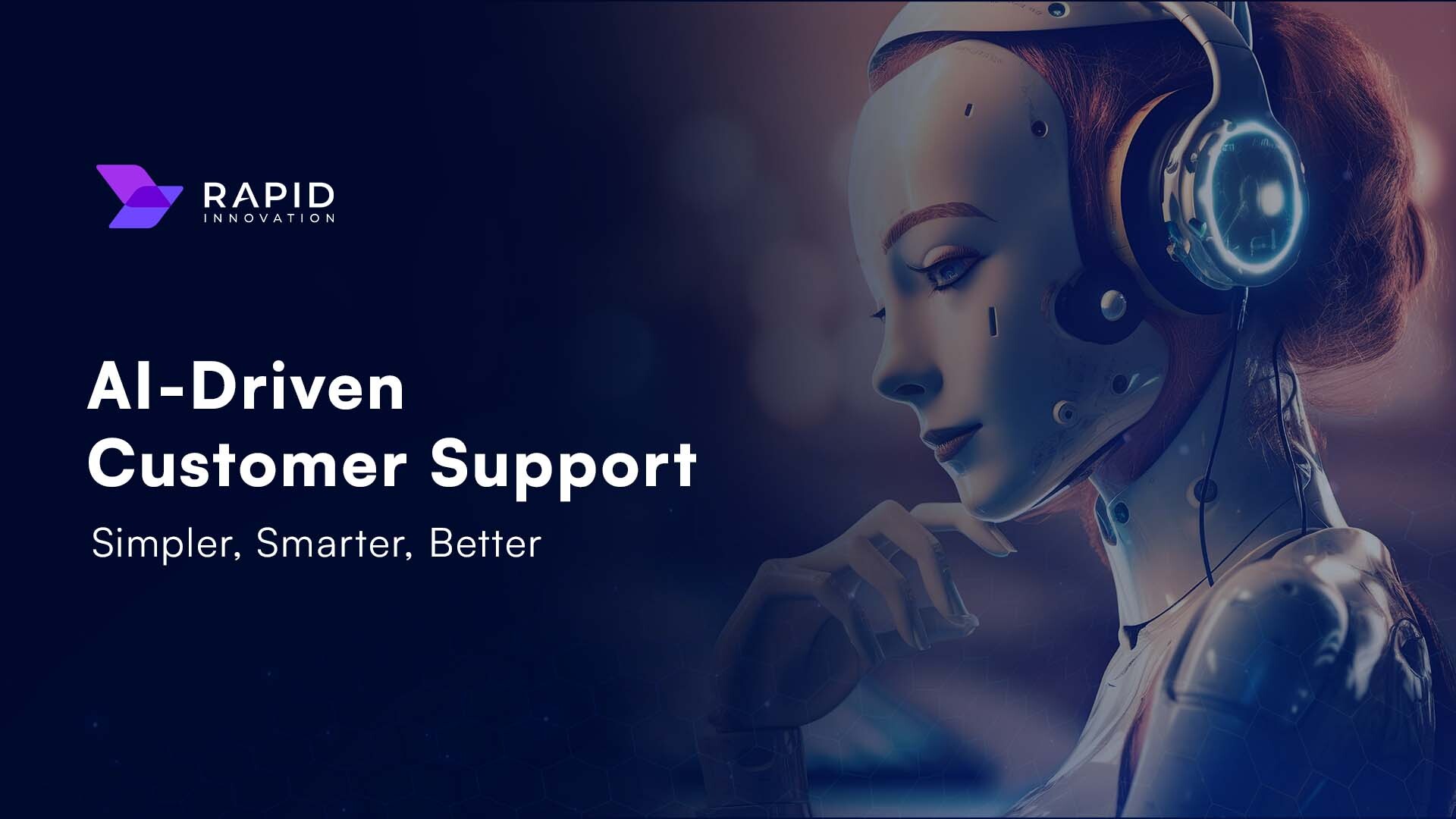
Unlocking the Power of Large Language Models: Boosting Reasoning Capabilities by 32%
Imagine being able to boost your AI’s reasoning capabilities by 32% while significantly reducing computational costs. This may seem like a distant dream, but thanks to a recent study, we can now make this a reality.
The study in question focuses on a framework that can increase the reasoning capabilities of large language models (LLMs) by a staggering 32%. This is achieved through a combination of techniques that not only improve the performance of LLMs but also reduce their computational costs.
The Importance of LLM Governance
As LLMs become increasingly prevalent in various industries, the need for effective governance and compliance becomes more pressing. This is where Patronus AI comes in – a company that helps customers ensure their LLMs are compliant with regulatory requirements.
Recently, Patronus AI announced a $17 million Series A funding round, just eight months after securing a $3 million seed round. This is a testament to the growing demand for LLM governance tools.
The Role of Retrieval Augmented Generation
Retrieval Augmented Generation (RAG) systems are revolutionizing the AI landscape by seamlessly integrating enterprise data with LLMs. This integration enables the delivery of contextually rich responses, bridging knowledge gaps, and reducing hallucination.
However, the deployment of RAG systems comes with its own set of challenges, including resource-intensive computational requirements, managing costs, and optimizing search latency. By addressing these challenges, enterprises can unlock intelligent applications grounded in real-world knowledge.
 Contextually relevant and coherent AI-driven interactions
Contextually relevant and coherent AI-driven interactions
The Future of AI-Driven Interactions
As we move forward, it’s essential to prioritize the development of LLMs that can provide contextually relevant and coherent responses. By leveraging the capabilities of RAG systems and addressing the challenges associated with their deployment, we can unlock a future where AI-driven interactions are more intelligent and effective.
Effective LLM governance is crucial for regulated industries
Conclusion
In conclusion, the future of AI-driven interactions depends on our ability to develop LLMs that can provide contextually rich responses while ensuring compliance with regulatory requirements. By harnessing the power of RAG systems and prioritizing effective LLM governance, we can unlock a new era of intelligent applications grounded in real-world knowledge.
 The AI landscape is evolving rapidly
The AI landscape is evolving rapidly















